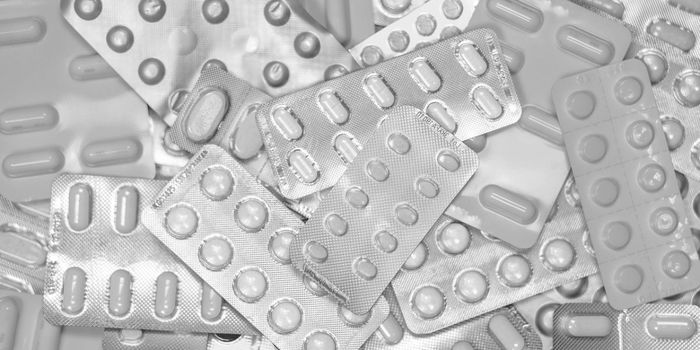Videos
Flowers opening timelapse
OCT 06, 2014 12:00 AM PDT
Share
One of a Kind Artworks are Really One of a Kind
 With high-quality reproductions available and the Google Art Project making great works accessible to everyone, what is it that still brings the crowds into art museums? Why do collectors spend thousands or even millions on original artworks? In a paper recently published in Topics in Cognitive Science, researchers from the School of Management, Yale University and the University of Chicago Booth School of Business show that this seems to be because people tend to feel that the artwork somehow magically contains some of the essence of the artist.
With high-quality reproductions available and the Google Art Project making great works accessible to everyone, what is it that still brings the crowds into art museums? Why do collectors spend thousands or even millions on original artworks? In a paper recently published in Topics in Cognitive Science, researchers from the School of Management, Yale University and the University of Chicago Booth School of Business show that this seems to be because people tend to feel that the artwork somehow magically contains some of the essence of the artist.The researchers wanted to explore three factors that could affect a person's attachment to an artwork - contagion (direct connection with the artist), creativity, and personal attachment. To accomplish this an online study was conducted in which 303 adults were told different stories about a painting, entitled "Dawn." To measure the influence of contagion, participants were told either that the artist "spent several weeks physically painting it with his own hands" or that "he gave instructions to one of his assistants who then painted it." To manipulate creativity participants were told that the artist "put a lot of thought into designing this painting" or that "the original design for this painting was actually created by a different artist." To control for personal attachment, study participants were told that the artist "considered it to be one of his finest achievements" or that "he was hired by a hotel to create it as a decoration for the lobby and he considered it to be ‘sell out' piece." Then all the participants were asked to read this paragraph:
"The painting was stored in a gallery in New York. However, the gallerists realized that it was damaged by mold. So they hired a different artist, who lives in Chicago, to create an identical copy. When it was completed, the duplicate painting was identical in every way. Sure enough, the mold spread and the painting in New York was destroyed. Only the painting in Chicago remained."
Then the study participants were asked to rate, on a scale of 0 to 100 whether the remaining painting was Dawn (0) or was not Dawn (100). There was also a text block where they could explain their judgment. The results showed that the dimension that had the most influence on whether the remaining painting was seen as authentic was contagion. Participants were more likely to agree that the duplicate was not the same painting when the original painting had been painted by the artist himself.
In previous studies it had been shown that people tend to think that when the original is destroyed, a molecule-for-molecule copy of a person is not the same individual, while a molecule-for-molecule copy of a hammer is the same as the original. So, although artworks are generally inanimate, people tend to view them more like a person than an object, somehow believing that the essence or soul of the artist is contained in the artwork. This is evident by comments made by participants such as, "It is a copy, not the original which (the artist) poured his heart and soul into."
So, why do crowds of people hover around the Mona Lisa in the Louvre? It's likely that many of them feel as though they are reaching back in time and connecting with Da Vinci's soul.
Painting by George Kitta
You May Also Like
Loading Comments...








